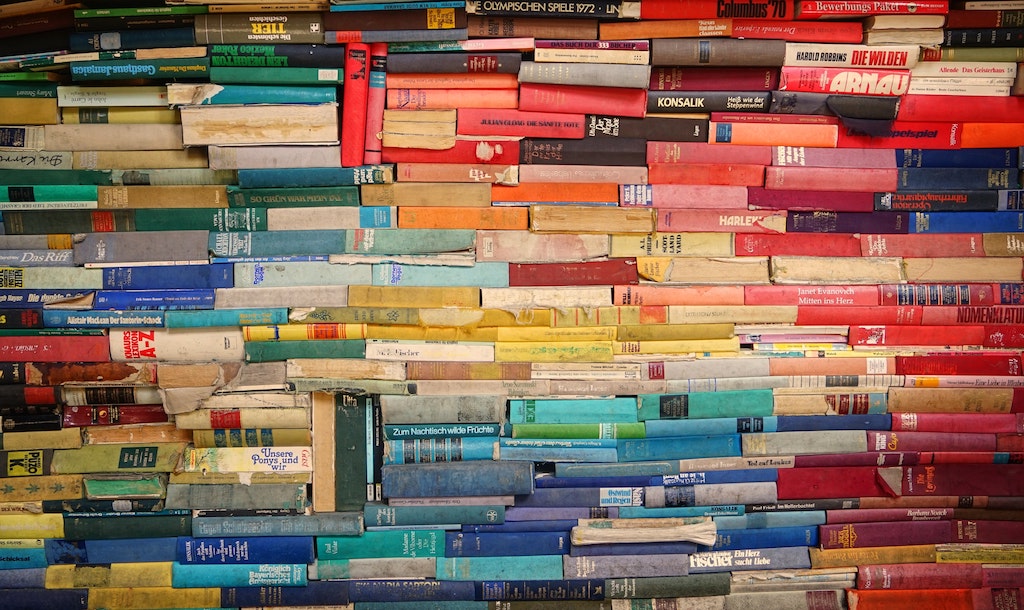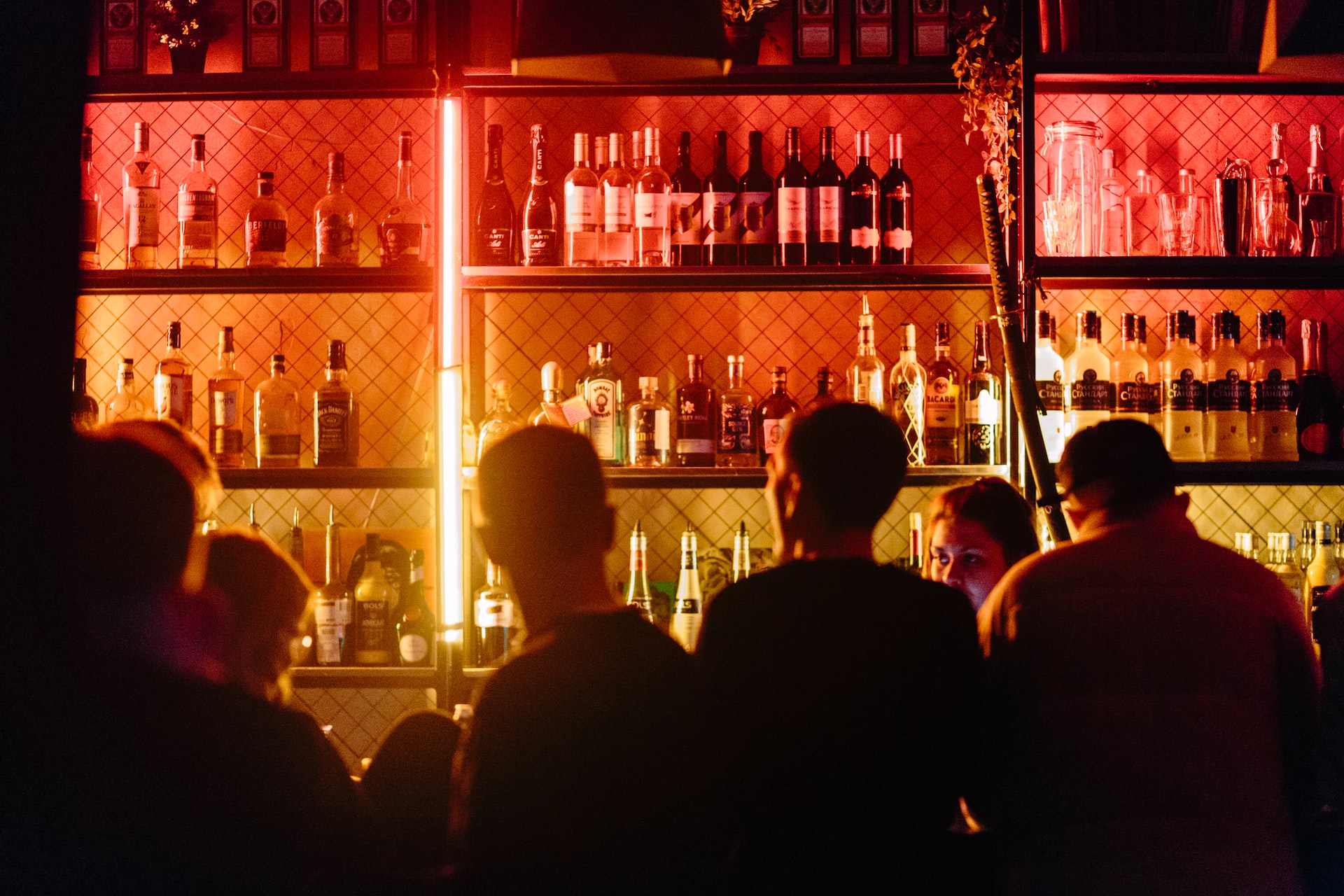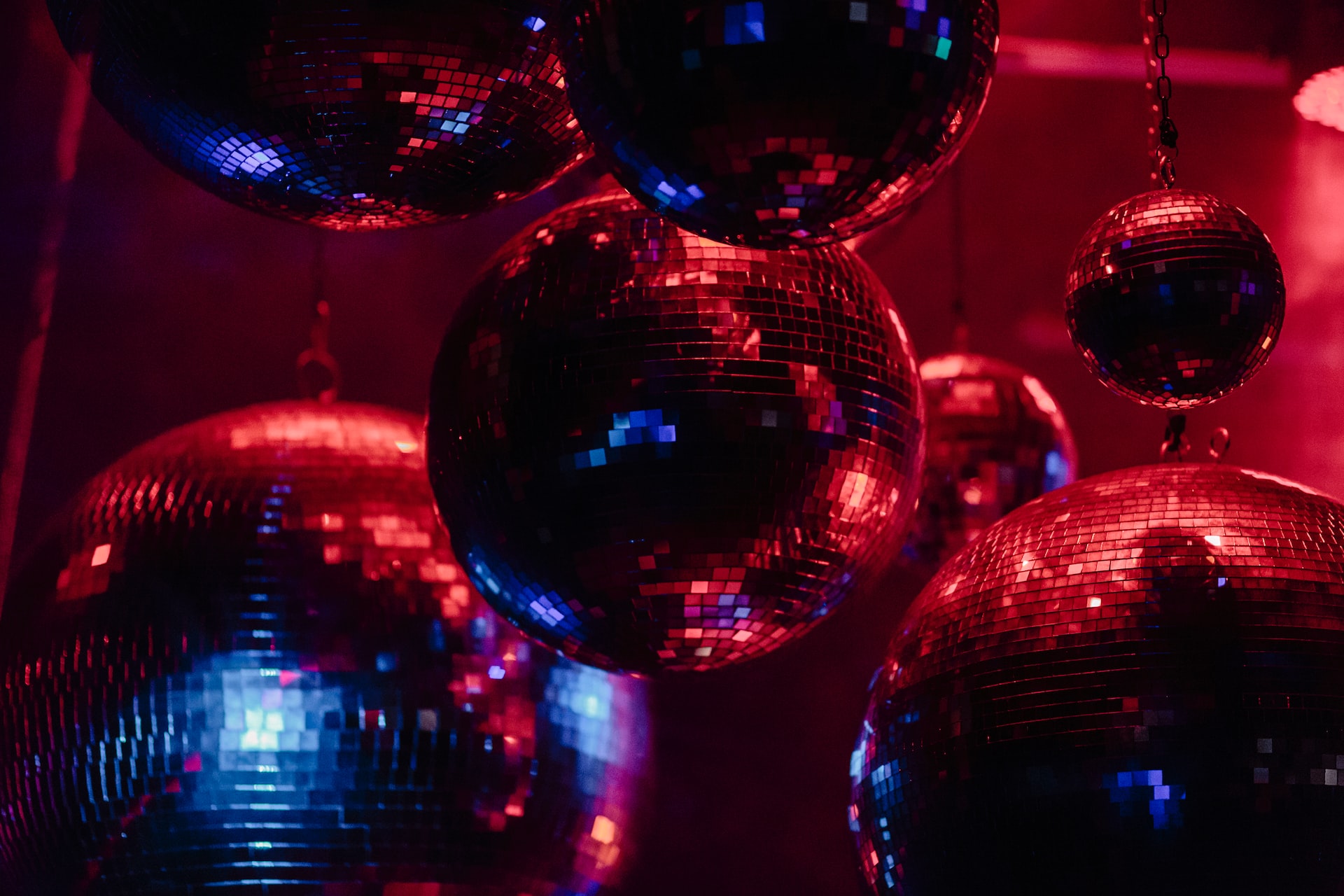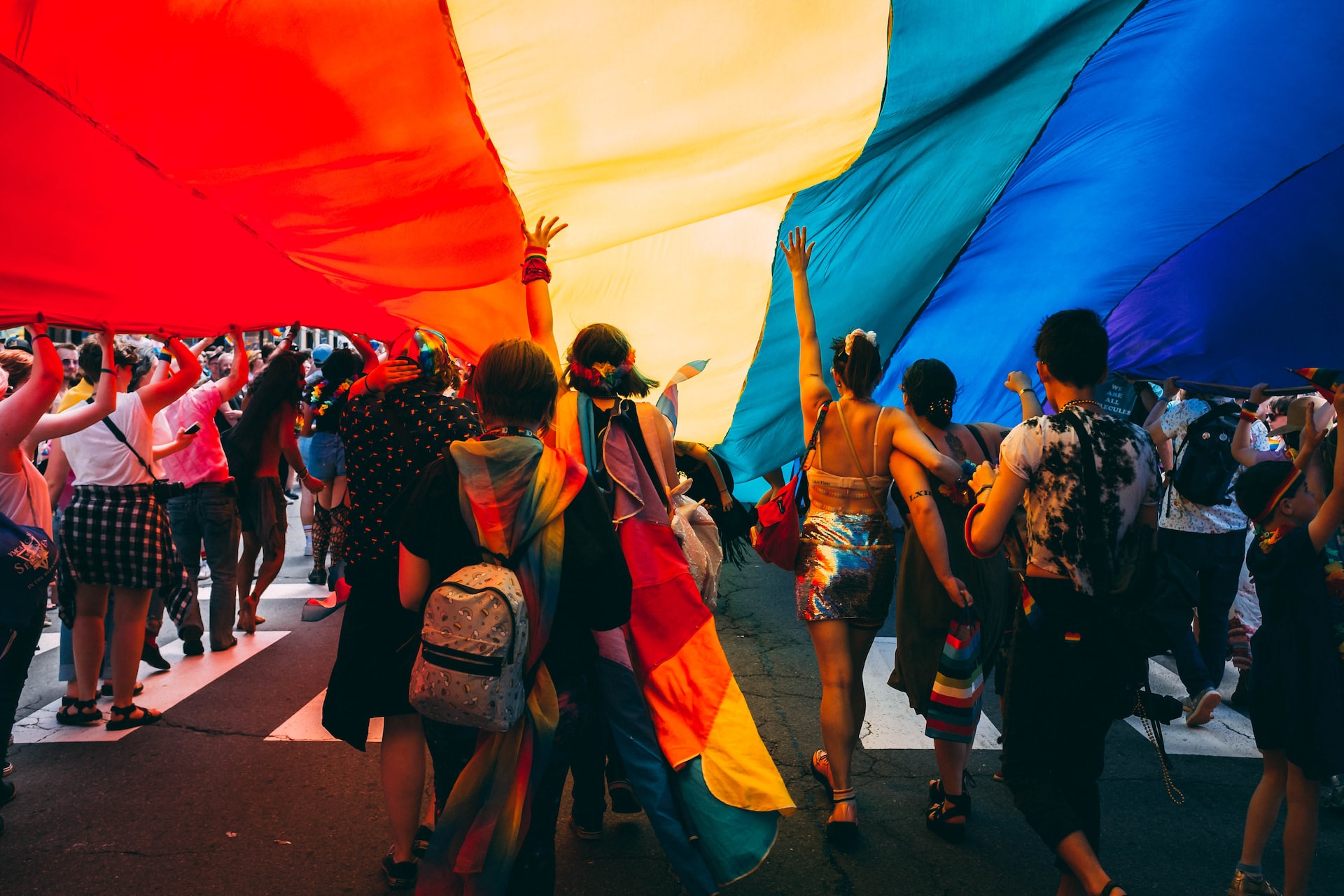Berlin is the European birthplace of queer liberation. It is one of the leading cities in Europe for queer people based on several rankings. The community engagement, the number of queer spaces, and the nightlife scene all comes together to make queer people included, visible, and valued in Berlin. Berlin has a rich history of queer culture dating back to the 19th and 20th centuries, including bars and small performance venues for gay and trans people in the current Schöneberg neighborhood. Moreover, during the division of Berlin into East and West, the culture was preserved in East Berlin in the neighborhoods of Prenzlauer Berg. These days, Berlin is a colorful thriving city celebrating all sexualities and genders. Keep reading to find out must-visit queer places and things to do in Berlin.
You can start discovering the city by learning the history of queer liberation in Berlin and Germany at the Gay Museum (Schwules Museum). The first museum in the world dedicated to gay history was opened in 1985 in Berlin Mitte. Initially, it covered homosexual people’s history, but now it is broadened to set more emphasis on the diverse specter of sexualities and gender (lesbian and trans people) in art, culture, and history in the past and present. It is located on Lützowstraße 73 in Schöneberg. Opening times vary. You should check that on their website. Regular entry costs 9 EUR.
Queer bookshops in Berlin.

There are several bookshops and libraries in Berlin focusing on queer literature. While some narrowly focus on Lesbians’, Trans people’s issues, others cover a broad range of LGBTQI+ issues.
Buchhandlung Anakoluth – a bookshop in Prenzlauer Berg covering a wide range of literature on women’s and lesbian rights.
Geistesblüten – a bookshop in Charlottenburg with the best selection of queer books. It also hosts a number of readings based on its schedule.
Bibliothek Andersrum in der Schwulenberatung – a library under the Berlin Gay Counseling Service, has numerous fiction and non-fiction works on queer themes.
TrIQ-Bibliothek – library with the most extensive archive on trans* and intersex people’s issues.
Queer bars in Berlin.

The city has many unique queer bars. Here, we want to highlight the most prominent ones worth visiting.
Möbel Olfe located just under Kotti (Kottbusser Tor). A popular among locals bar with excellent music, unusual decor with floating furniture, and Tuesdays hosting a ladies’ night when only women can enter. During weekend nights, it gets bustling, so we recommend checking it on weekdays.
Roses – a bar with a rich history operating for a few decades. It is just two blocks away from Möbel Olfe. You can find the interior of the 70th disco style with lovely music by local DJs.
Silver Future – a lesbian bar nearby the Hermannplatz. You can get a good set of cocktails and meet many interesting people there, starting from artists to people doing science.
Bar Zum Schmutzigen Hobby – a bar in a famous area of a former fire station now called a RAW-gelände. A home-like design and lovely friendly staff create a cozy vibe to have drinks with friends.
Lab.Oratory – a man-only bar on the first floor of the Berghain building. It has one of the biggest darkrooms in Berlin and doors open only for two hours, so after midnight you can’t enter it while it works till morning behind closed doors. If you want to experiment and open for fun, check that place out. Keep in mind not to confuse the queue with the Berghain queue. Lab queue is always on the left side, and Begrhain’s on the right side.
Queer clubs in Berlin.

Berlin is famous for its hedonistic nightlife scene with zero judgment, where all the places try their best to create a safe space for everyone. Among many interesting nice queer clubs, the ones you must visit are:
KitKat – a fetish-themed club in Kreuzberg that hosts a variety of parties. It has a long history of being a sex-positive space, but recently it shifted to more of a dance venue. Besides outstanding techno music, you should expect in Berlin traditions several dark rooms and an exciting swimming pool with swings on top of it. If you visit Berlin or move here, KitKat is a must-go club. You can expect a queue from half-hour to a few hours, but it is lesser than in Berghain.
Berghain – a club, described by locals as a Berlin church of techno music. It is a very exclusive club with long-long queues. But once you are inside, you feel like being in a different world, the world of pleasure and acceptance. So if you have time to spend in long queues and try your luck to get in, you should check out Berghain.
Schwuz – a famous gay club in Neukölln in a former theater building. It is a huge club that plays non-techno music which is rare in Berlin. Nevertheless, it is popular among locals as they invite the best DJs for their parties. Another difference from other clubs is that you can pay by card in Schwuz, which is also super rare in Berlin, which loves cash.
Ficken3000 – a migrant-owned small club/bar nearby Hermannplatz. It is famous for its dark rooms, but the place is open to everyone. They host good DJs on Fridays, and the entry is cheapest in Berlin, only 5 EUR. The crowd is mostly men in their 20-30th. However, women are also allowed to enter when they come with their gay friends.
Queer events in Belrin.

As for the events, one of the most significant annual queer events in Berlin is the CSD Berlin. It is a month-long festival in June that hosts hundreds of smaller events across Berlin, from political discussions to dance parties. One of the festival’s main components and closing part is CSD Berlin Pride, a protest for LGBTQI+ rights, emancipation, and visibility held in Berlin since 1979. CSD Berlin is named after Christopher Street in memory of the Stonewall Riots. Stonewall event took place in New York City, when trans-POC people, along with gay friends, started riots against police brutality in 1969 to demand better treatment.
On the same day as the official CSD Pride Berlin, there is an alternative Queer Pride for International Solidarity. It starts in Hermannplatz and ends in Oranienburger Platz, famous for its role in the migrant movement of Germany. Queer Pride for International Solidarity stands for an intersectional approach to advocating for queer rights where queer identity is interconnected with being migrant, undocumented, POC, or disabled. It started in 2020, and now more and more people go to the International Pride right after the official CSD. They usually take place in the last weeks of July every year.
There are much more things to tell about queer places in Berlin and its rich history that can’t be covered in one article. For more information on queer places and things to do in Berlin, you can visit the official page of the Berlin City Council. Are you planning to move to Berlin? Check out hundreds of available furnished apartments in Berlin here.
